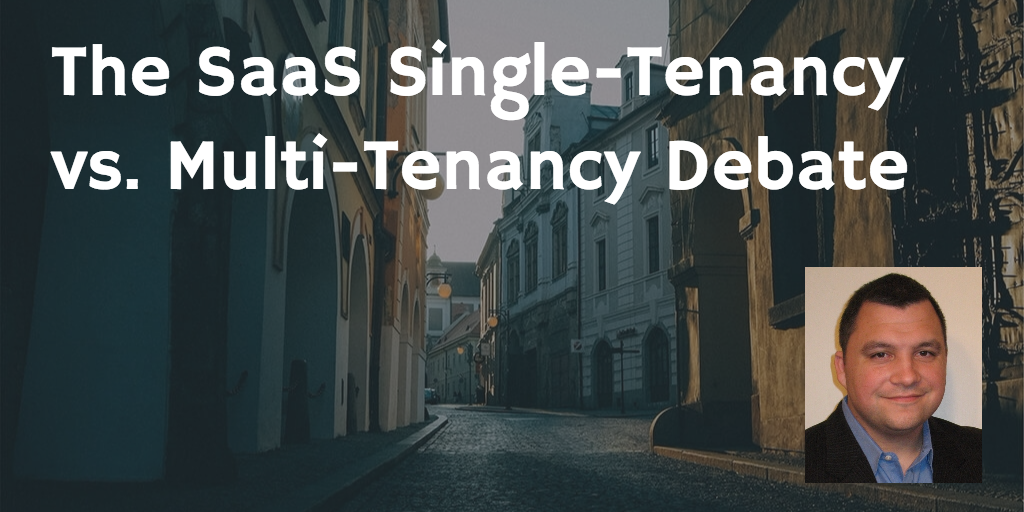
This post was originally written in 2009 and – while still very relevant – I suggest you also read this post for a more up-to-date take on the Business Architecture discussion: Software Vendors: The Cloud is Not Magic (but it can be very Profitable!)
The Single-Tenant vs. Multi-Tenant debate in the world of Software-as-a-Service (SaaS) continues even though the most successful SaaS company of all time, Salesforce.com, has a pure Multi-Tenant architecture. This is reality, yet the argument remains.
Many people argue that since a single-instance of a single-tenant application can be “spun up” for clients, on-demand, via virtualization and “the cloud”, for a very small amount of money (since hardware procurement is not necessary), the need to build a multi-tenant application is not there. ASP 2.0 anyone?
Those companies opting to forgo Multi-Tenancy (for whatever limitation-justifying reasons they come up with) will never reach the levels of success with their SaaS offerings that companies such as Salesforce.com, NetSuite, or Intacct have reached.
Their failure to reach the level of those companies will be tied directly to the fact that they are not Multi-Tenant, and yet it will have nothing to do with the technology behind the Multi-Tenant architecture, Scalability, Operational Efficiency, etc. Those that continue this argument at the technology level are missing the mark.
The fact is, a well-thought-out Multi-Tenant Business Architecture allows a SaaS Vendor unprecedented visibility into the actual usage of the system in ways a single-tenant or on-premises application simply does not. A wise SaaS Vendor will tap into this amazing amount of information to:
- Improve Customer Service and Retention
- Reduce Sales Cycles and Accelerate Revenue
- Gain and Maintain Competitive Advantage
- Improve Strategic Planning Abilities
- Directly Monetize Beyond the Application
It is easy to drop to the technology level when discussing Multi-Tenancy because after all, this is still software and even if people are arguing, they all “get” the technology points. Agree or disagree, its hard to dismiss, for example, that virtualization has changed the way we think about “computers” even if we disagree on its relevance to SaaS.
To ensure that your company is successful, it is critical to bring the discussion out of the technology details and start talking about the business value behind your technology decisions.
Like any good technology decision, Multi-Tenancy should have business drivers behind it. No technology decision should be made in a vacuum and Multi-Tenancy for your SaaS application is no different. In fact, simply building a pure Multi-Tenant SaaS application is no guarantee of success. To be successful, it is critical that SaaS Vendors take the time to understand how to leverage the power of Multi-Tenancy.
And just to be clear, all of the “technology-level” issues are still very real. Improved Scalability, Operational Efficiency, Software Development Life Cycle management, etc. are all very much a reality of a true Multi-Tenant application. But it is time that SaaS Vendors begin to look at Multi-Tenancy not as a technology solution to a technology problem, but a technology solution to a business problem.
I suggest you also read Software Vendors: The Cloud is Not Magic (but it can be very Profitable!) and check out the SaaS Business Architecture Resource Guide, too.
– Lincoln
(972) 200-9317